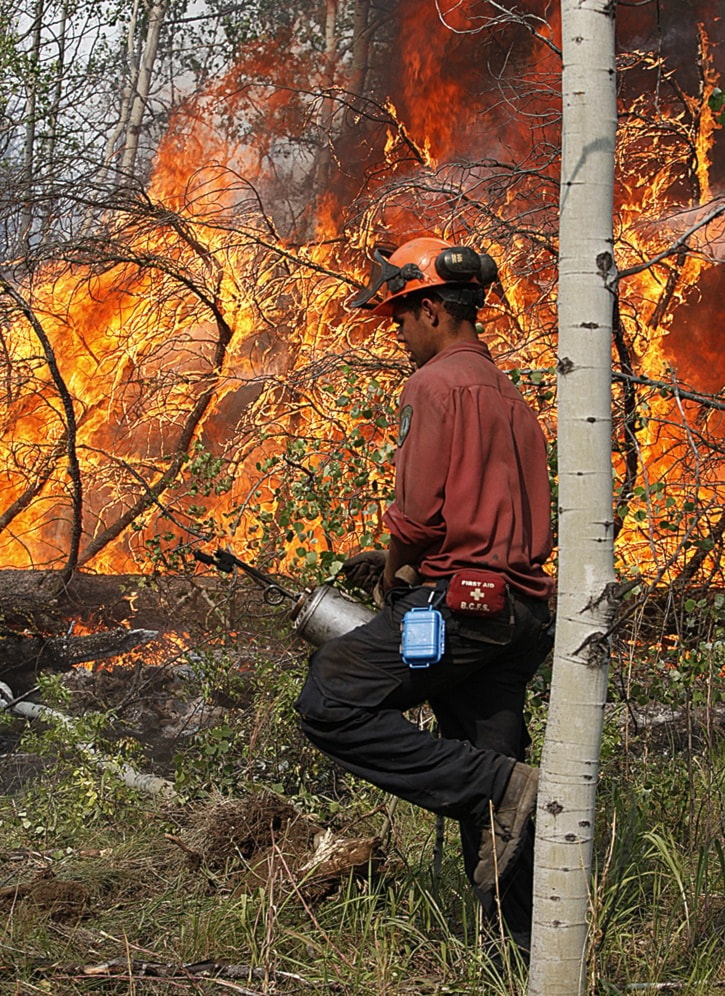One million hectares of B.C. forest land may need to be replanted to help them recover from widespread fire and bark beetle problems, according to a new report from the B.C. government’s Forest Practices Board.
The report estimates the entire area that may need replanting at two million hectares, out of the 95 million hectares of total forest land in B.C. But about 500,000 hectares of that is the legal responsibility of the forest companies that logged it, and the government has plans in place to replant another 250,000 hectares.
“Decisions about whether to replant areas where mountain pine beetle and fires have killed most of the trees will have an impact on the future timber supply,” board chair Al Gorley said. “At a minimum, if nature is left to take its course, the eventual crop of timber in those areas will be delayed.”
The board, an independent watchdog of the B.C. government, is critical of the way the government defines “not satisfactorily restocked” forest land. The definition only applies to areas designated for timber harvest.
Even within this 22 million-hectare timber supply area, there are large areas affected by fire or pests, but the report notes that the ministry’s survey data on these areas are not sufficient to be certain of their tree survival or recovery.
“There has been only a limited amount of reforestation effort directed at mature beetle-affected forests because those areas might still be harvested by the forest industry,” the report says.
The ministry announced regulatory changes Tuesday to promote salvage of wood waste for producing wood pellets and other “bio-products,” including electricity, fuels, plastics, solvents, lubricants and food additives.
The regulations are aimed at providing access to smaller trees, tops and branches that are piled at logging sites and roads when sawlogs are taken out. They authorize new salvage licences that do not allow the harvest of standing trees.
